Schools are ready to welcome their students back for a new year with plans of new lessons, fresh education, and increased awareness. What better way to express our solidarity to the student population than by learning and refreshing our knowledge a little bit. Arm yourself with all that you need to know when you buy jewellery; make an educated and well informed choice. Join us on this little journey of the A to Z Jewellery.
A for Art Nouveau: A jewellery style also known as Victorian or Edwardian with fluid lines, floral and nature themes, and natural colors.
B for Bezel: Bezel is a precious stone setting where the stone is held firmly within a ring of metal such as gold or silver. This setting offers the security of closed setting, and the complete refraction of prong setting.
C for Carat, Colour, Cut, Clarity: Used to grade precious stones, these parameters have global and region specific preferences.
Carat refers to the Weight of a precious stone, and not the size, as commonly misunderstood. 1 carat is 1/5 of a gram or 200 miligrams. A carat is further divided into 100 points called cents. For the purpose of standardization, gem sizes have been prescribed for each specific weight and cut.
Colour is self explanatory and refers to the hue of precious stones. Being mineral compounds, variations in composition, even the slightest inclusion in the crystallization process can change the colour of the stone. Diamonds are graded on their whiteness starting with D and E grades for absolutely white, going down the alphabet as the stone becomes yellower/browner. Emeralds are considered most perfect if they are a vibrant green, rubies a healthy red or pink, and sapphires a luminous blue (though white sapphires are also popular).
Cut refers to the specifications that the GIA have standardized based on the shape of the faceted stone. A perfectly cut diamond would have its size maximized for its weight and its sparkle intensified by increasing its refraction.
Clarity refers to the extent to which inclusions are absent in the finished gem. Naturally occurring gems can have any number of inclusions in the form of crystallized dust, other minerals, air or water bubbles, and fissures. These interfere with the luminosity of the gemstone. Diamonds are graded as being IF (internally flawless, where the diamond has absolutely no inclusions even when examined under 1000 times magnification), VVS1 and VVS2 (very very slightly included, where inclusions are minor and visible only under 1000 times magnification), VS1 and VS2 (very slightly included, where the inclusions are more in number, but again not visible to the naked eye), SI (slightly included, where some imperfections may be visible and the number exceeds any of the previous grades) and I (included, where the imperfections are clearly visible, even to the naked eye).
D for Diamonds: Diamonds, a form of crystalline carbon, are prized because they are exceptionally hard and durable, have high refractivity and brilliance, and because really fine diamonds are rare. Diamonds are valued based on the “4 Cs” of color, cut, clarity and carat size.
E for Enamel: Enamel is a decorative technique in which a glass “paste” is applied to the surface of a metal–normally bronze, copper or gold. In its simplest terms, all enamel is produced by fusing colored powdered glass to metal to produce a vitreous or glass-like, decorative surface.
F for Facets: Facets are flat faces on geometric shapes. Gemstones commonly have facets cut into them in order to improve their appearance by allowing them to reflect light. The size, shape, and placement of facets in any gemstone are pre determined by the GIA. The round brilliant diamond shape has 58 facets (or 57 if the culet is excluded), 33 on the crown (the top half above the middle or girdle of the stone), and 24 on the pavilion (the lower half below the girdle), which has only the apex cut off to form the culet.
G for Gross Weight: When a piece of jewellery has gemstones studded in it, the gross weight of the piece is the weight of the gemstones AND the weight of gold or any other precious metal that is present in it. Simply put, it is what the weighing scale will read when the entire ornament is placed on it.
H for Hallmark: Hallmark is a mark stamped into precious metals to indicate its purity or fineness, the maker or sponsor. In India, we look for the 916 hallmark that is the jeweler’s guarantee that he has used 22k cadmium alloyed gold in the ornament.
I for Intaglio: A design carved down into a gemstone, this technique was often used for seals, which made an impression in wax used to seal a letter or authenticate a document. Some of the most commonly found Victorian intaglios are carved in Carnelian, an orange-brown variety of quartz.
J for Jade: Jade has been a highly valued gemstone for thousands of years especially in the Orient and in particular in China. Colours of jade are a variety of green hues, off white and yellow.
K for Karat: Karat is the measure used for the purity of gold used in jewellery. Pure gold that has no other metal added to it to improve its hardness is branded 24K. If 1 gm of gold were to be divided into 24 parts and all 24 parts are gold and no other metal, the purity of the gold is then said to be 24K. If, of those 24 parts, 22 are gold and the other two are silver and/or copper, the gold is said to be 22K gold. If 18 out of 24 parts are gold and the remaining 6 parts are silver and/or copper, we get 18K gold. 22K and 18K gold are preferred for jewellery making, the latter being particularly popular to set gemstones as it is harder and stronger and keeps the set gemstones in place. The price of the jewellery thus made is calculated based on the percentage of gold used.
L for Lapis Lazuli: Lapiz Lazuli is a deep blue gemstone with white, gray and gold inclusions. The fewer the inclusions in a bead, the more valuable it is. One of the primary minerals in this stone, namely lazurite, is light-fast so these stones don’t fade with time.
M for Marquise: Marquise is a gemstone shape with an oval stone which is pointed at both ends. It is also called navette. Among diamonds, marquise shaped stones are almost as brilliant as the popular round brilliant, though they may appear slightly larger than a round brilliant of the same weight.
N for Net Weight: The net weight of any ornament is only the weight of gold or any other precious metal that may be used to make it. An unsaid rule states that other than diamonds, no other gemstone may be included in the weight and therefore subsequent pricing of the jewellery. An informed buyer can and should insist on being charged only for the net weight of the piece as opposed to gross weight.
O for Open Setting: Open setting is the method of setting a stone so as to expose both the top and lower surfaces of the stone to light, increasing its sparkle. Prong, Bezel, Channel, and some Pave settings are open.
P for Prong and Pave: Prong Setting is a setting that has a series of prongs around the perimeter, usually four to six, that can be bent over to hold a stone, bead or crystal in place. It is the most popular setting for solitaires because it leaves almost the entire diamond visible and open to light. Pave is a method of setting small stones as close together as possible, so that the surface literally looks like it is paved with stones. It involves puncturing the surface of the precious metal with the gemstones and securing them.
Q for Quartz: Quartz is a broad term defining very hard minerals composed of silica. Many gemstones are quartz, including crystal quartz, citrine, opal, agate, rose quartz, amethyst, and tiger’s eye. The rutile quartz with beautiful inclusions within a near transparent crystal is fast gaining popularity in jewellery.
R for Rhodium Plating: A thin plating of rhodium, which is one of the members of the platinum family, is applied over either sterling silver or gold to give a bright, shiny, long-lasting silver-colored finish to a piece. On Gold, rhodium plating achieves the finish of white gold at no extra cost and the advantage of reverting to the yellow colour whenever required.
S for Sterling Silver: Pure silver is very soft so most silver used for quality jewellery is 92.5% silver and 7.5% copper or other alloy. When there are 925 parts silver for every 1000 parts of the metal used in jewellery or curio making, it is said to be the legal standard sterling silver. The measurement is similar to that used for standardizing gold karatage.
T for Tourmaline: Tourmaline is classified as a semi-precious stone and the gemstone comes in a wide variety of colors though its pink toned variety is most popular for its similarity to the ruby.
U for Unakite: First discovered in the Unaka Mountains of North Carolina, Unakite is relatively new addition to the jewellery world. It is an altered granite composed of pink feldspar, green epidote, and generally colorless quartz. Colours are a blend of red, pink, green, and white, gray and have a granite look.
V for Vintage: Vintage is a subjective description used to indicate the age of an item. Vintage is deemed to be a bead or item of jewellery older than 10 years but younger than 100 year. Or alternatively an item that is no longer in production. Since this gives these beads a certain rarity, they are often sought out by jewellery makers.
W for Wastage: The process of making jewellery involves melting gold, casting it into the required form, maybe setting gemstones in the piece, and the penultimate step before polishing is filing the edges and the sockets to give you the beautiful piece you treasure. The process of filing causes loss of gold in the form of dust. While some of it is collected on a black leather sheet the craftsman spreads over himself and the working surface, some gold dust is lost in the air, never to be retrieved again. Jewelers mark a standard percentage of net gold weight as wastage and charge their customers for this loss.…
X for X factor: Jewellery is precious and so must be unique. At Gehna, we ensure that your chosen ornaments are one of a kind, because we believe your jewellery stands for your individuality.
Y for YOU: We, at Gehna, celebrate everything that is you. Our mantra is customization and so every dream, whim, and fancy you may have will find its expression in the jewellery we make for you.
Z for Zip: So go ahead and own some zip and oomph. Dare to break through the barriers of traditional jewellery designs, or better still reinvent those classics to make them your own!
Do leave a comment below if you enjoyed reading this article.
View our Jewellery Collection: Diamond Jewellery | Emerald Jewellery | Ruby Jewellery | Pearl Jewellery
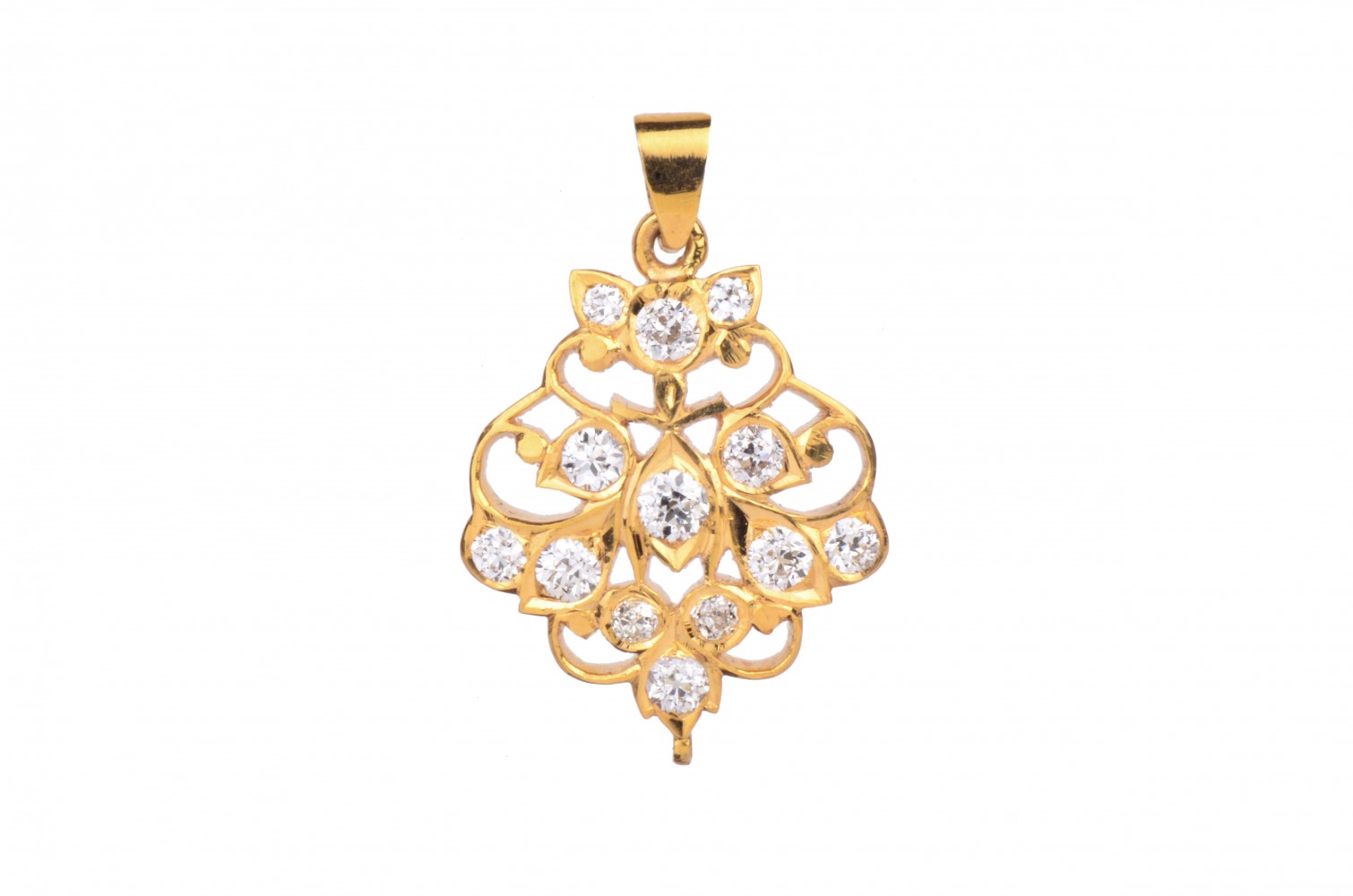
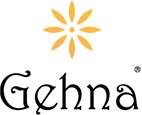

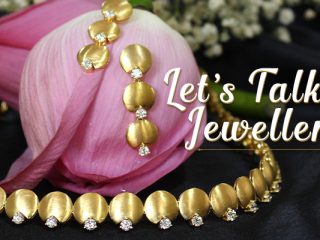
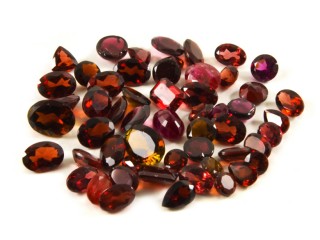
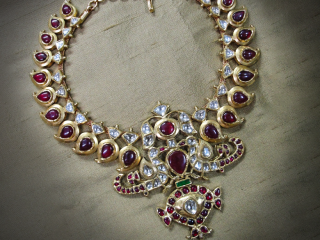
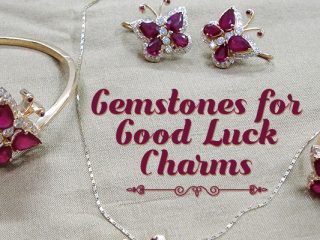
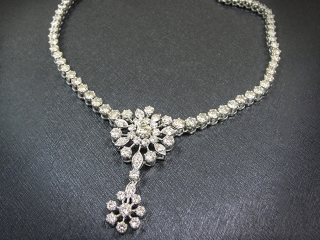
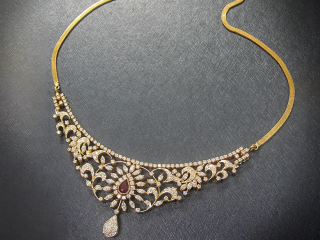

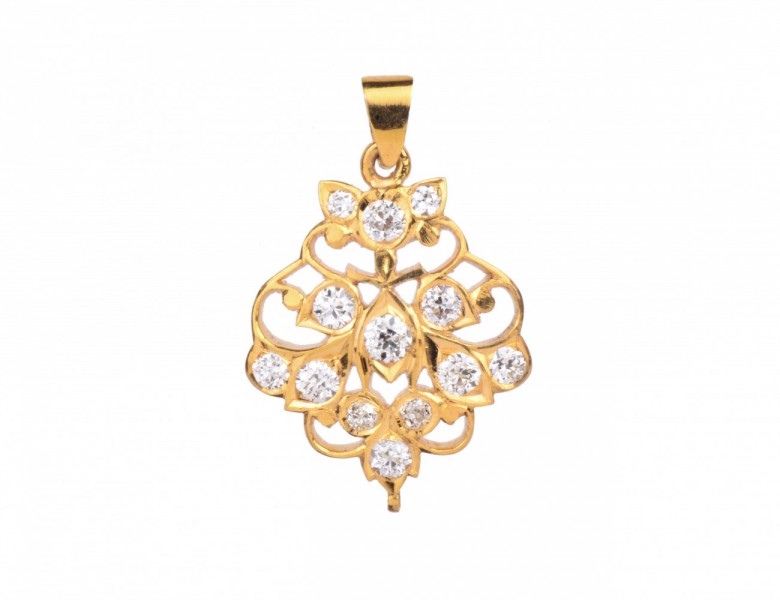
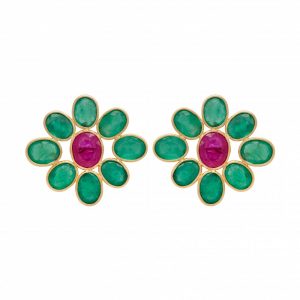
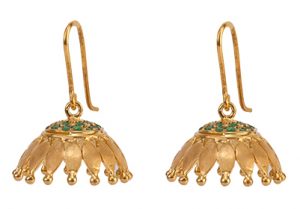
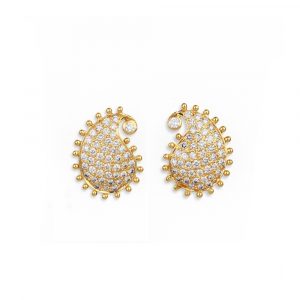

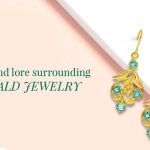
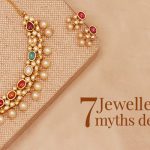

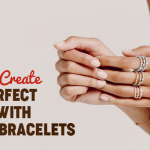

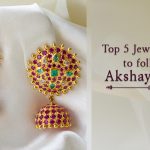


Priya
A very interesting read! 🙂
Apoorva
Very informative blog. Enjoyed reading.
Thangamayil Jewellery
A good one Sunith. Really impressed by the article. To knoe more on Indian Bridal Jewelleries you can visit http://www.thangamayil.com- South India’s largest and most trusted jewellers since independence.